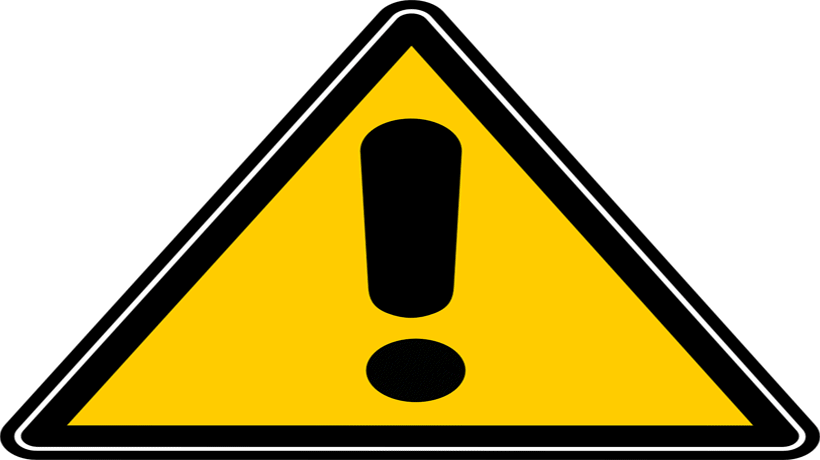By: FPN Guest Writer Howard Levinson
Patients seeking treatment of peripheral neuropathy need to be aware of a recent controversial method that involves collaboration between chiropractors, medical doctors and/or podiatrists.
PN patients are typically under the care of a physician such as their internist or family practitioner. Unfortunately for some, the treatment of peripheral neuropathy which usually includes prescription drug therapy has been unsuccessful. These patients often suffer from debilitating neuropathy pain, are desperate and are searching for relief.
The Peripheral Neuropathy clinics involved in this scheme use direct mail advertising, TV, full-page newspaper ads and the internet to gain the attention of peripheral neuropathy sufferers. The typical ad will utilize provocative pictures of feet standing on sharp tacks or pictures of feet on fire. One clinic utilized a picture of a surgical foot amputation to garner attention. One marketing tactic frequently used includes a free dinner lecture at a local restaurant to sell their peripheral neuropathy program to the desperate patient.
A typical PN scheme protocol includes expensive and sometimes painful, nerve conduction testing. These tests may be done at the onset of treatment and intermittently throughout the care program. These tests may have no basis other than to generate income for the clinic. The clinician may X-Ray the patient’s neck, back, arms, legs and feet. These x-rays have often been found to have no value in helping the doctor reach a diagnosis. These x-rays expose the patient to potentially unnecessary and harmful radiation. The clinic also orders a variety of elastic and hard, plastic braces for the patient’s neck, back, wrists and/or ankles. In the majority of instances, these braces were found to offer little assistance to the patient’s painful condition. These supports are expensive with bills totaling over thousands of dollars.
The actual treatment that the clinic renders for the peripheral neuropathy pain includes frequent (2-3 X per week) injections of an anesthetic agent, often Marcaine, into the peripheral nerves of the arms/wrists/legs/calves and/or feet. There have been instances in which patients have received over 100 treatments involving up to 5 injections per day.
In most of the schemes identified, the patient will briefly see a medical doctor on the first visit. The medical doctor will order all the tests, braces and injections. He may recommend the patient undergo physical therapy and/or chiropractic care in the clinic as well. Typically, all of the localized anesthetic injections are given by a nurse. A chiropractor and/or physical therapist may render various treatments over the course of care, further increasing the cost. The patient rarely sees the medical doctor again.
Claims sent to the PN patient’s insurance company can amount to thousands of dollars and can exhaust the patient’s insurance benefits that they may need for regular health care.
The peripheral nervous system (PNS) include the nerves running from the brain and spinal cord to the rest of the body; the arms and hands, legs and feet, internal organs, joints and even the mouth, eyes, ears, nose, and skin. Peripheral neuropathy occurs when nerves are damaged or destroyed and can’t send messages from the brain and spinal cord to the muscles, skin and other parts of the body.
There are many causes of peripheral neuropathy, including diabetes, infections, auto-immune diseases, exposure to toxic chemicals, chronic alcoholism, trauma and certain medications – especially those used to treat cancer and HIV/AIDS. In some cases, the cause of a person’s peripheral neuropathy remains unknown. When nerves are damaged, numbness, pain or muscle weakness may occur.
The peripheral neuropathy symptoms often include:
- A sensation of wearing an invisible “glove” or “sock”
- Burning sensation or freezing pain down the nerves
- Sharp, jabbing or electric-like pain
- Extreme sensitivity to touch or inability to feel with hands feet
- Difficulty maintaining balance
- Inability to determine the position or where your feet are is not
A review of peer reviewed scientific journals and position statements from recognized professional medical/chiropractic societies failed to identify studies that support a rationale for frequent peripheral nerve blocks for peripheral neuropathy. Patient interviews have resulted in mixed responses. Some patients have found relief with a series of injections and a maintenance schedule of injections, others have not. Complications or adverse reactions to the services are not common but could include infections and a worsening of the patient’s condition.
Howard Levinson, DC, CFE, AHFI
Clinical Director Fraud Investigations
Anthem, Inc.
Special Investigations Unit
[email protected]

I had the treatments last summer and had extremely good results. My PN was caused by Sjogren’s Syndrome and my PN was severe. I could barely walk last summer and had giving up driving. I had frequent falls and lived in assisted living. I still have some numbness in my feet but I have enough feeling that I can now drive and walk several miles a day. I had treatments twice a week for ten weeks. I feel like a new person and I live in my own home.
Pingback: URL